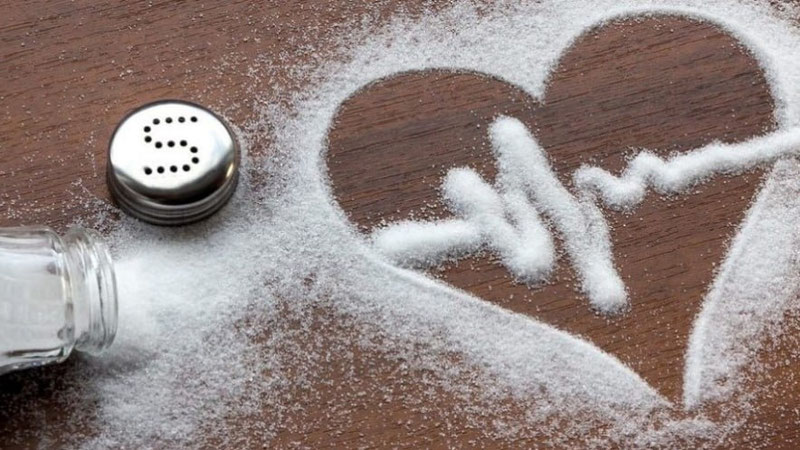As noted, exceeding the recommended amount of salt intake increases the risk of hypertension, heart attack, stroke, and kidney diseases.
According to WHO recommendations, daily sodium intake should not exceed 2 grams. This is approximately 5 grams, or simply put, one teaspoon of table salt.
However, currently, people are consuming more than 4.3 grams of sodium per day. This figure is nearly twice the recommended amount.
Although, twelve years ago, an agreement was reached with WHO member states to reduce salt consumption by 30 percent by the year 2025. Unfortunately, this goal has not been achieved. Hence, the deadline has been extended to 2030.
According to new recommendations, it is advisable to use potassium salt instead of traditional table salt. This will primarily normalize blood pressure and reduce the risk of cardiovascular diseases. The nervous system improves as well.
Potassium salt in taste and properties hardly differs from ordinary salt.
True, potassium salt has not yet become widely popular, and in some areas, it is difficult to find in stores. Moreover, in some countries, it may be slightly more expensive than ordinary salt. However, by promoting its widespread use, a viable solution to the problem can be found.






